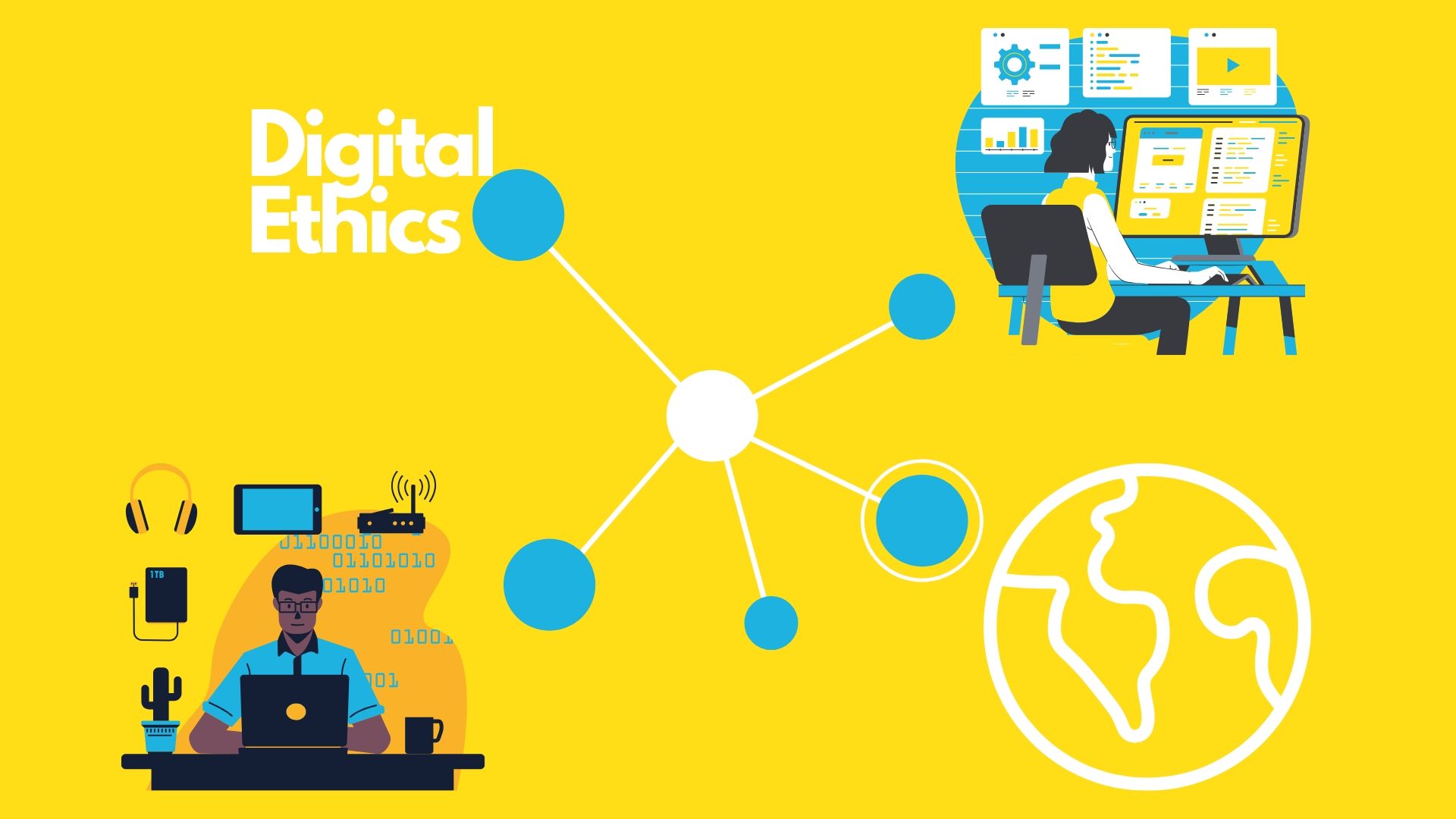Digital Ethics: Rhetoric and Responsibility in Online Aggression, edited by Jessica Reyman & Derek M. Sparby
Review by Bailey Poland
Digital Ethics and the Wider World
Digital Ethics makes a valuable contribution to ongoing conversations in digital rhetoric about online harassment, technology use and design, access to online spaces, and what it means to teach and conduct research in online spaces. Joining important works in the field like Cynthia Selfe and Richard Selfe's (1994) "Politics of the Interface," Barbara Warnick and David Heineman's (2012) Rhetoric Online, Whitney Phillips's (2015) This Is Why We Can't Have Nice Things, and others, Digital Ethics adds new voices and perspectives to the discussion.

Digital aggression is widespread, as Reyman and Sparby noted in the introduction, and it takes an immense variety of forms. From the casual harassment found in communities designed around enabling hostility at the cost of real discourse, to the animosity among academics and between scholars and public audiences, and to the less visible but no less insidious collection, circulation, and sale of personal information, digital aggression takes many forms and has a wide array of disparate impacts. Digital Ethics challenges us to pay attention to virtual hostility in all its forms, and to ask what it is that we can do about it.
Research
Those hoping to find inspiration for their own research will find numerous suggestions in the pages of Digital Ethics, as scholars across the chapters identify new possibilities and ask provocative questions. We are challenged, as scholars, to think more fully and more broadly about what aspects of digital aggression and digital ethics we can engage in our research, and how that research should be communicated in both scholarly and public venues.
Teaching
Teachers, likewise, will find chapters with immediate applications for the classroom, and many other chapters pose questions and ideas that will be valuable additions to courses on digital rhetoric. Chapters throughout the collection introduce critical discussion points for classrooms, including questions about how our digital writing practices can unintentionally amplify and reproduce hostility, as well as prompting students to question and even redesign interfaces. The wide range of potential entry points for classroom discussions, research, and projects makes the collection ideal for classroom use at both the undergraduate and graduate level.
Administration
Administrators may also discover valuable information in the text, particularly in the chapters that deal with crossover between academic and public spaces online. For example, administrators may want to consider how faculty research and speech are perceived in public spaces—particularly digital ones—and whether or not their institution has policies in place to support faculty, or to repair the damage that can be caused by conflict and online hostility.
The contributors to Digital Ethics have offered insights, opportunities, and calls to action throughout the collection, and I look forward to seeing how the ideas in the text are taken up in the field.